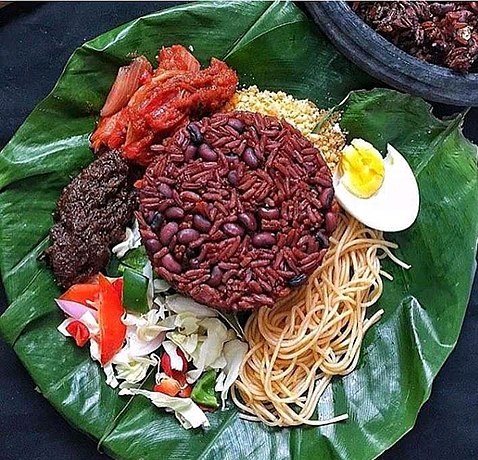Gallo pinto is Costa Rica and Nicaragua‘s national dish. It consists of rice, beans, coriander, peppers and spices. Typically served as part of a traditional breakfast, gallo pinto can be also served with every meal. It is also usually served with eggs, fresh cheese, tortillas and sweet plantains when eaten for breakfast.
If you are visiting those countries, you will find the dish almost everywhere.
Beyond the taste, it has an important historic background where enslaved Africans played a remarkable role.
Although the cultural identity of Africans in some parts of Central America’s culinary contribution is often ignored or diminished by locals, one of the most celebrated dishes in Costa Rica and Nicaragua has Afro-Caribbean roots. In the Journal article, Gallo Pinto: Tradition, Memory, and Identity in Costa Rican Foodways, Theresa Preston-Werner describes that it all started on banana plantations off the Caribbean coast of Costa Rica and Nicaragua in the 17th century, with the flood of enslaved Africans who were brought from West Africa (mainly from Senegal, Gambia, Ghana, Guinea or Benin) to the Caribbean Sea.
Other historians say gallo pinto came from Waakye.
Originating in northern Ghana, Waakye is considered the Ghanaian national dish. It is a combination of red or black-eyed beans and rice, and it’s often served with salads, spaghetti, fried plantains, meat and fish. It’s a delicacy all over the country.

Ghanaians frequently eat it for breakfast or lunch. Waakye is served at almost every event venue and on special occasions. It is sold in restaurants as well. However, it is also easily found on street food carts.
It was only in the 19th century that gallo pinto began to become popular all over the country due to the second wave of freed Afro-Cariobbeans that arrived with the Chinese and Indian coolies in the region. Those immigrants went to work on the Atlantic Railroad extension or in the banana plantations in the state of Limón, the area with the greatest Afro-Caribbean population in all of Costa Rica.





